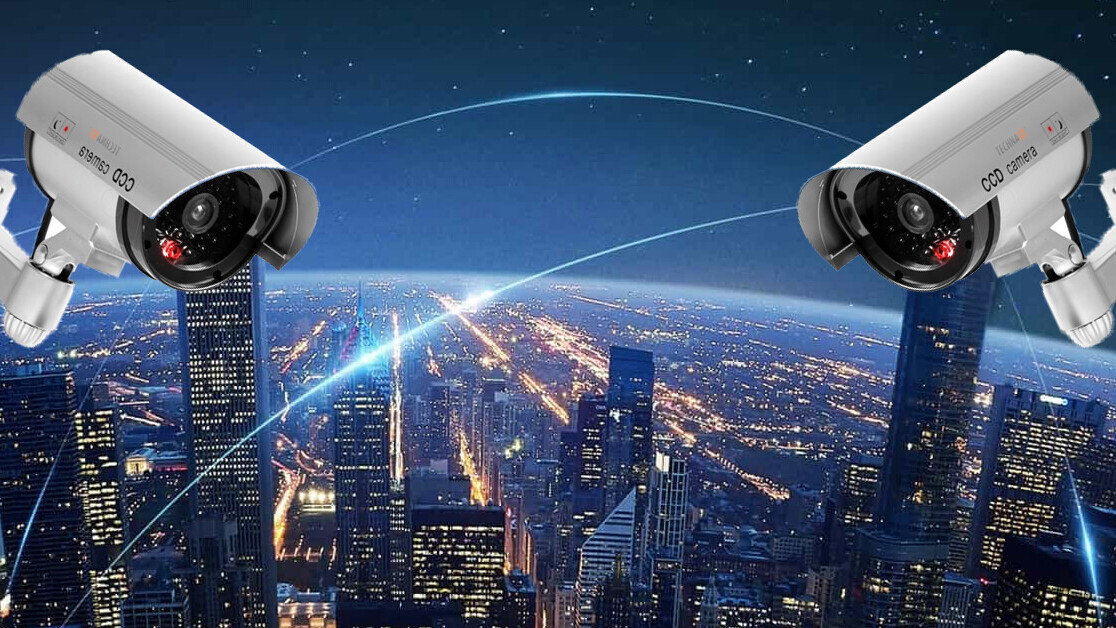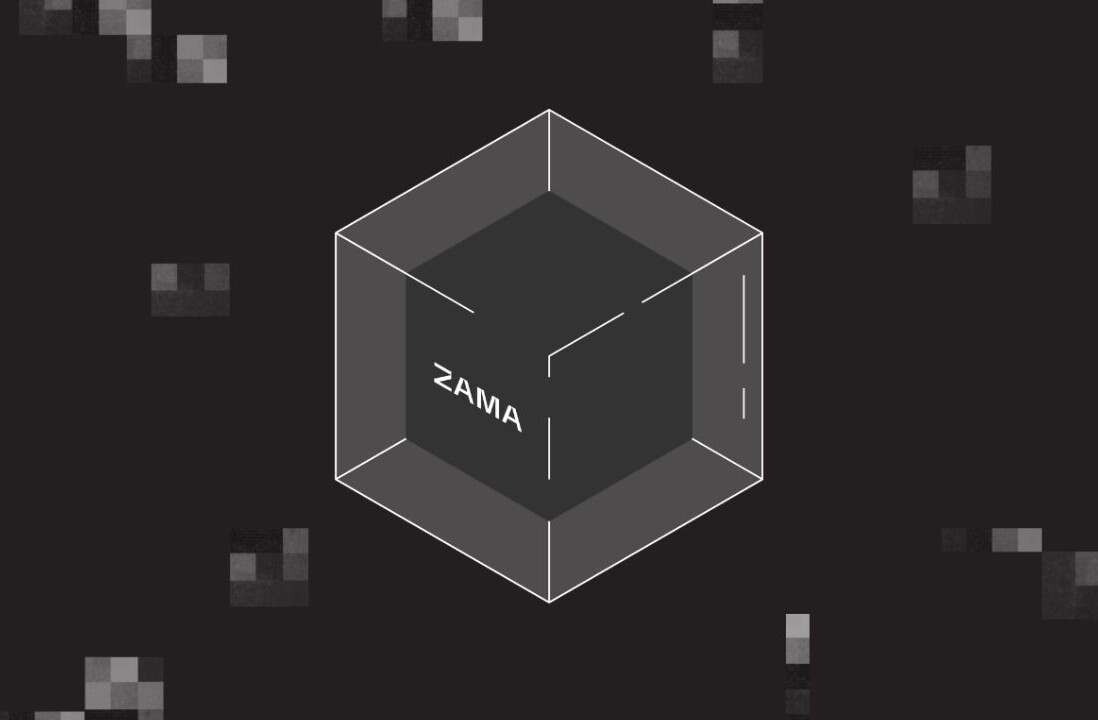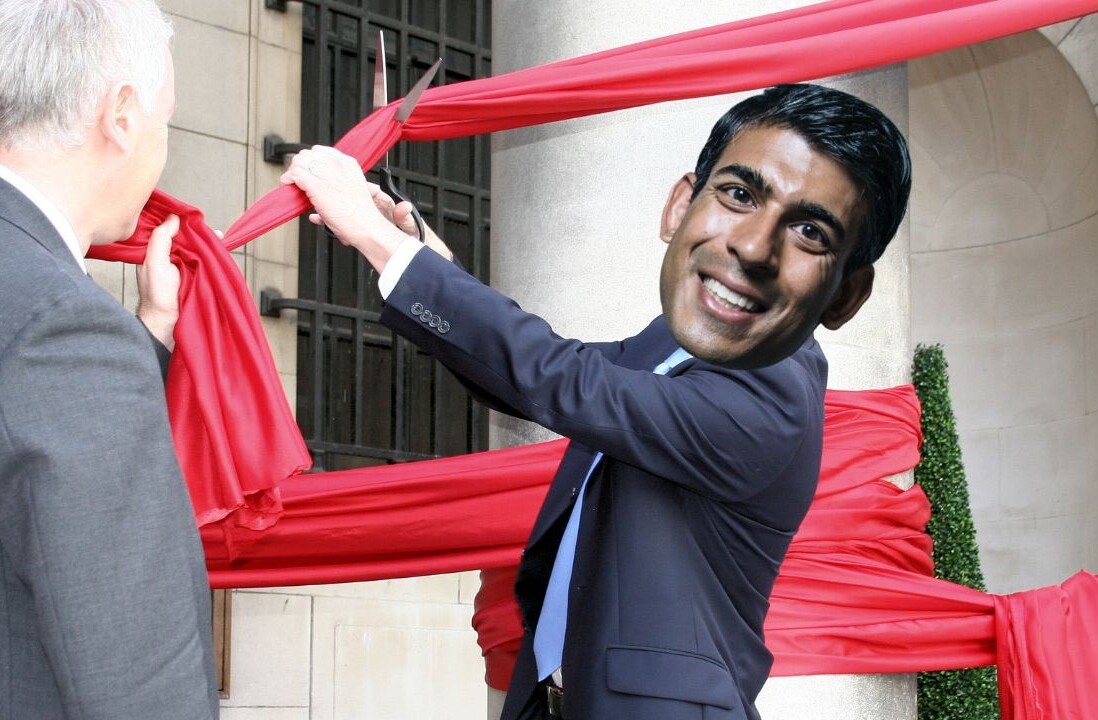
Across the world, over a thousand smart city pilots have been launched—many of them attempt to construct entirely new cities with fresh identities from the ‘tabula rasa’ of a blank slate.
These new cities can be simply placed down onto the landscape like a grounded alien spaceship, built with technology in mind from day one. Equipping existing urban centers with the latest technology, though, is a different challenge entirely.
Cities shaped over centuries by the demands of different civilizations, where horses once pulled carriages, are gradually transitioning to a smarter future. AI-directed traffic, smart parking and other intelligent infrastructure are taking its place on streets that were originally built to serve very different needs.
If these ancient cities are to transition successfully, suggests smart city strategist Renato De Castro, the DNA of the city must be preserved—with new technologies woven into the historic urban fabric in a way that respects the ancient spirit of the place.
“People have a deep connection with their cities, even deeper than with their province, region or country,” says De Castro in an interview to BDJ.
“To understand the unique DNA of the city and translate it into a strategy to develop a wiser city will be crucial for the success of any project. Citizens do not want a new city, they want a better city to live in.”
A city that by all rules of nature should be two meters underwater, Amsterdam has both a unique heritage and a tendency for innovation; using a complex system of dikes, barriers, and levees to protect the population from the ever-present threat of floods.
Walking on these city streets today doesn’t feel futuristic; elegant Victorian facades and cobblestoned streets give the sense of walking inside an artifact. It is an urban feel that the city council’s smart city division hopes to preserve as they integrate the sensors needed to take the city into the next generation.
These sensors provide the data that feeds the digital infrastructure of the smart city, fueling the analytics process that ultimately feeds back to urban development.
But embedding such sensors into historic water pipes, electric lines, traffic signals, and roads can be as complex as brain surgery in a place like Amsterdam. It can put the city on lockdown while the procedures take place, interrupting the city’s daily life and quite possibly altering its character forever.
To get around this, Amsterdam relies on a different source of fuel for its smart city engine: apps. The Apps for Amsterdam initiative was designed to challenge developers to build applications that contribute information to a public pool of data and keep citizens informed on a range of issues—from air quality to restaurant sanitation and threats to public safety.
The Mijnbuur app—which translates as MyNeighbour—is one such app that adds a smart element to neighborhood WhatsApp groups. This allows concerned residents to share intel on local issues while having the option of inviting city officials and even police officers into the conversation to tackle more serious problems.
Verbeterdebuurt, or Improvedneighborhood, allows citizens to suggest changes and highlight problems with the city by snapping a photo with GPS metadata and sending it straight to the authorities.
While using applications to generate data can skirt the difficulties of implementing new digital infrastructure, the processing and storage of this data still raise questions that current systems can’t always find an answer to.
Most pertinently – when data is generated from a private application and fed back to a government source, who can take ownership of this data, and who should be able to use it to advance their agenda?
Many cities that retain data from smart city projects require the companies doing the data collection to subsequently destroy it in line with GDPR principles of data minimization. But as this data drives the development of the smart city, destroying it can be counterproductive.
“Even simple infrastructure like a streetlight, which historically might have been built by the private sector and funded by the public, introduces new issues when it’s smart. Add WiFi access points and systems to harvest anonymize data, and you raise new private/public issues.” says expert Gary Sharkey, who is helping PwC develop a smart city strategy.
Smart cities built on greenfield sites can create a structure to manage this data from the ground up. If these new cities are in more authoritarian regimes or less privacy-conscious jurisdictions – like China – then there is little incentive for them to ensure that data is managed appropriately.
Elsewhere, historic cities bound by the democratic process are faced with the challenge of building a digital infrastructure that allows data to be collected and shared as openly and efficiently as possible.
This is all while still giving citizens the maximum possible control over their personal data in accordance with GDPR principles such as privacy by design, data portability and the right to be forgotten.
Smart cities company Sharkey suggests that cities upgrading their digital infrastructure need to first get their “data house in order,” pointing to efforts by the European Union to create new vehicles that bridge the public and private sector to effectively manage data.
These vehicles include an ‘operating system for smart cities’ FIWARE, which claims to be a “shared set of mechanisms to develop smart city solutions.” This software is designed to slot in with city level governance and break data down into silos that prevent the mixing of public and private data but also provide a holistic picture of city events.
At the heart of this software is a novel idea known as the data marketplace, which is effectively the 21st century equivalent of the market square. It enables the transacting of both sensitive private data, at a cost, and the sharing of public open-source data that is made freely available for everyone’s benefit.
This relies on big data, cloud computing, and smart city technology to create an interface that enables the convenient buying and selling of data.
And it is this convergence of technologies – combined with human ingenuity and historical sensitivity – that can pull ancient cities into the 21st century without damaging our architectural legacy, or infringing on our innate rights to privacy.
Get the TNW newsletter
Get the most important tech news in your inbox each week.




